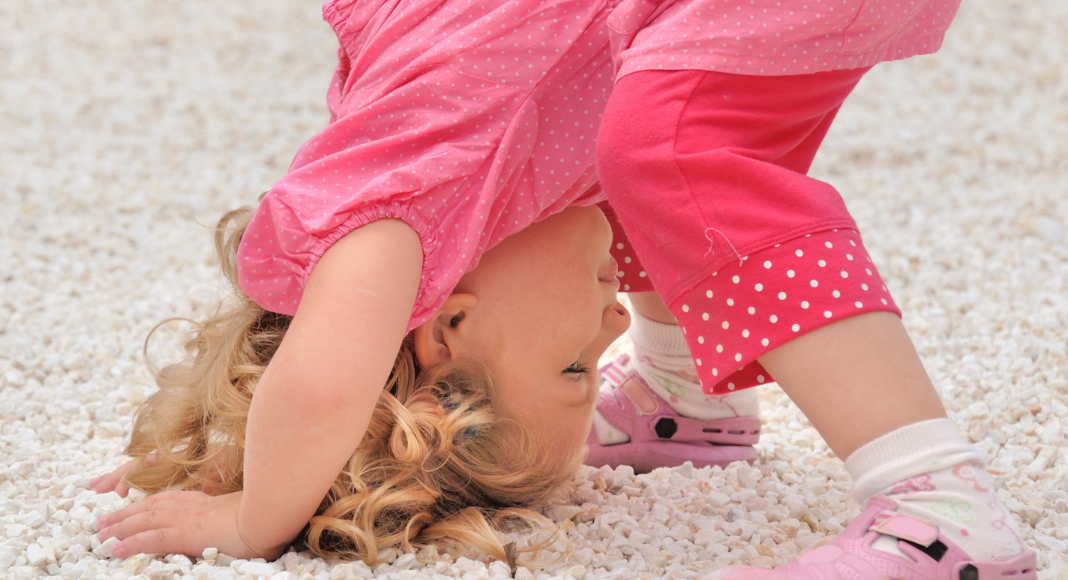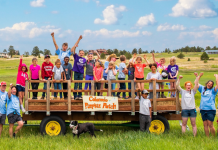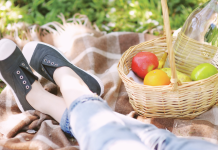 Everyone knows about our five senses, right? Sight, smell, taste, touch, and hearing? Did you know we actually have more than five??
Everyone knows about our five senses, right? Sight, smell, taste, touch, and hearing? Did you know we actually have more than five??
Let me introduce you to your vestibular and proprioceptive senses! (There’s also interoception, but that’s a conversation for another day…)
Your vestibular system is what senses movement or balance. Ever get carsick driving in the mountains?  That’s your vestibular system trying to keep up. Remember as a kid when you could spin around and around and around in an office chair or a tire swing? Vestibular system. Are you able to stand in the shower while washing your hair with your eyes closed without falling down? Yep, you guessed it. Vestibular system.
That’s your vestibular system trying to keep up. Remember as a kid when you could spin around and around and around in an office chair or a tire swing? Vestibular system. Are you able to stand in the shower while washing your hair with your eyes closed without falling down? Yep, you guessed it. Vestibular system.
Your proprioceptive system is all about body awareness. It’s how you can reach up and scratch your neck without looking. It tells you how hard you need to squeeze a glass to bring it to your mouth to drink. Proprioception is how you know how much force you need to use to lift the gallon of milk from the refrigerator.
Why am I telling you all this?
1. It’s cool information to know  2. Because your kids can benefit from it!
2. Because your kids can benefit from it!
You may have noticed your child seeks these kinds of input – will swing on the swing set for forever, loves cuddling and big hugs, or loves playing rough. Or maybe they avoid it – they shrink back from your touch, dislike the way certain clothes feel on their body, or gets dizzy easily.
Whatever end of the spectrum your kids lie, there is so much benefit to vestibular and proprioceptive input: better self-regulation, focus, and attention, and decreased stress and anxiety, among others.
So how exactly do you go about getting more proprioceptive and vestibular input in your life? Here’s a list of activities you or your kids can do:
- Dancing
- Swinging in a hammock
- Pushing or pulling a heavy laundry basket
- Chewing gum
- Tight hugs
- Rocking in a rocking chair or on a rocking horse
- Yoga
- Bear crawls, frog jumps, or other animal walks
- Jumping on a trampoline, doing jumping jacks, or jumping rope
- Using a Sit ‘n Spin
- Rolling up in a blanket
- Blowing bubbles
- Drinking smoothies or milkshakes through a straw
- Any type of climbing or swinging on playground equipment
- Play tug of war
- Wrestling or rough-housing
- Wall push ups
- Deep pressure massage
- Hanging upside down
- Rolling down a hill
- Blowing a pinwheel
- Bouncing on a yoga ball
- Spinning in a swivel chair
- Skipping
- Somersaults
- Wheel barrow walking
- Riding a bike
- Pulling a wagon
- Using a balance board
- Creating obstacle courses to climb on, jump over, etc.













